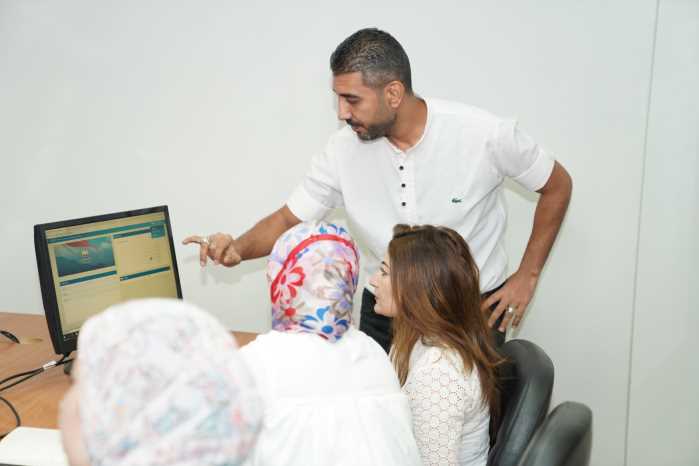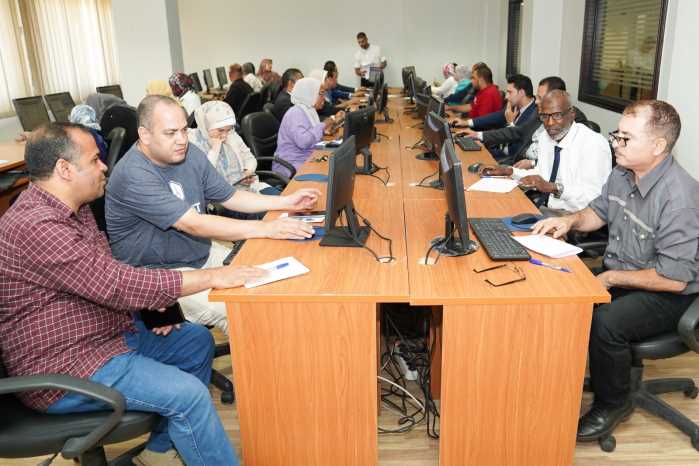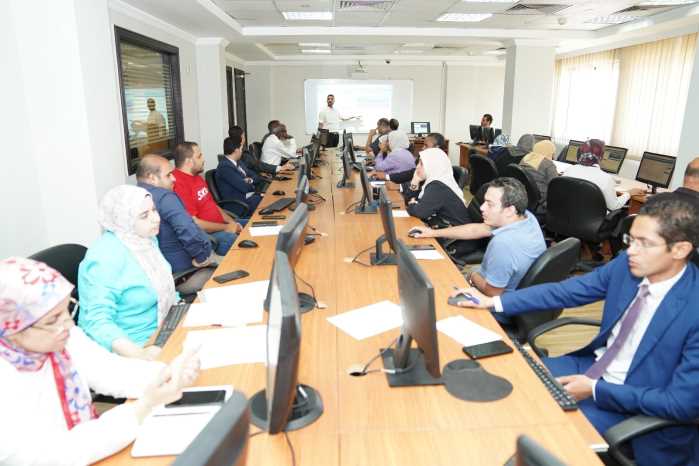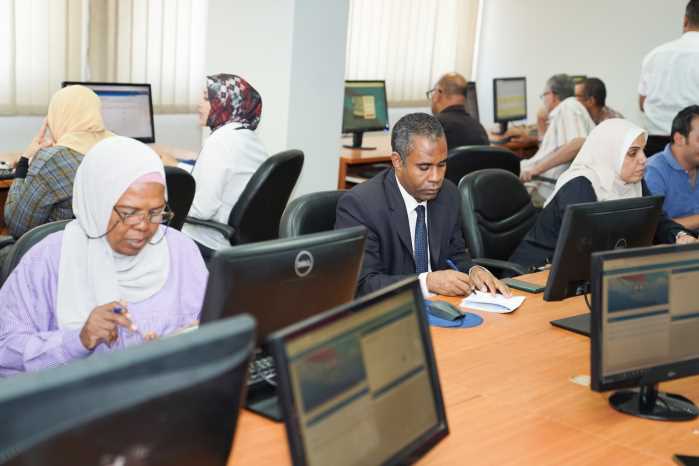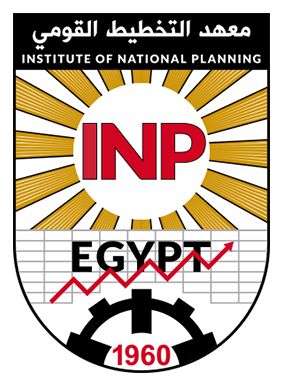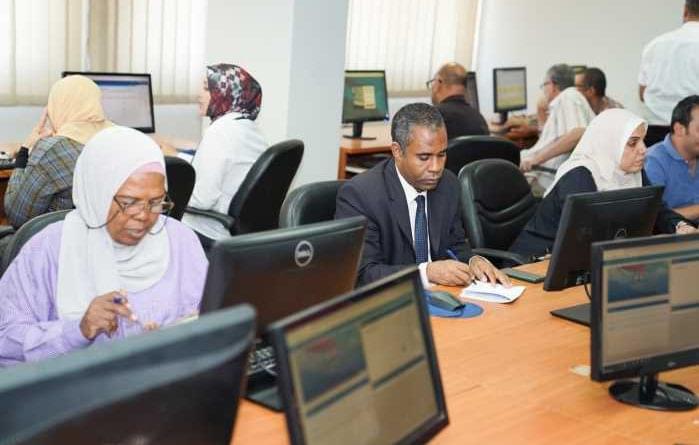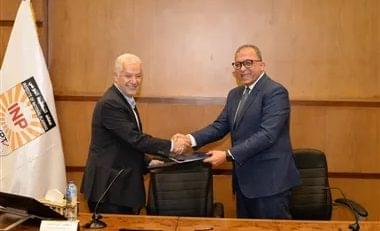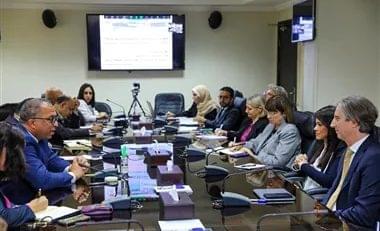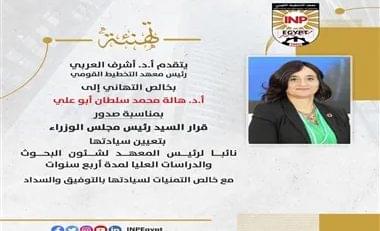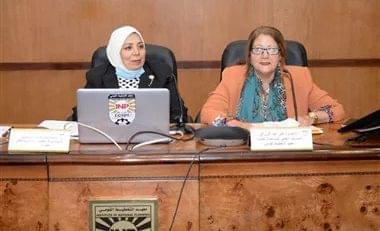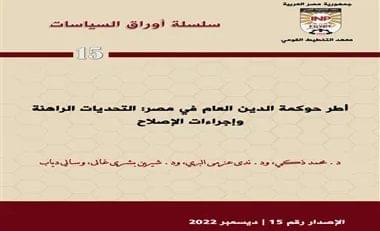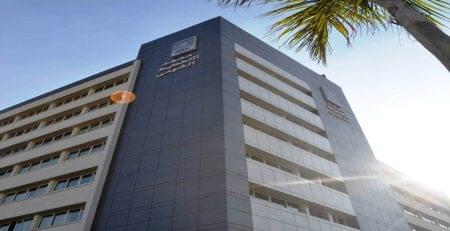Within the framework of the Institute of National Planning’s keenness to expedite the application of digital technologies and fully activate the electronic administration to keep pace with the continuous developments and achieve the desired institutional success, the Digital Transformation Committee held a training course on the employee self-service system for members of the administrative staff of the Institute over a period of three days.
In this context, Dr. Ashraf El-Araby, President of the Institute of National Planning, stressed that investment in human capital is the most important pillar of modern competitiveness, and therefore the development of the human element is an essential element to keep pace with the challenges and developments of modern technology.
Al-Arabi pointed out that the use of the employee self-service system aims to integrate all information and data into a simple window that allows employees to view and deal with it as an alternative to paper usage.
In this context, Dr. Nevine Makram, Chairman of the Digital Transformation Committee and Director of the Social and Cultural Planning Center, explained that training the Institute’s employees on the employee self-service system aims to facilitate employees’ access to data and programs related to human resources and to rely on themselves in carrying out tasks related to their jobs, thus contributing to reducing time. Wasted in performing tasks, as well as enhancing their capabilities to keep up with everything new in the world of human resources.
And the Chairman of the Digital Transformation Committee continued that the program allows employees to track and record their annual leaves, and also allows managers to monitor the daily attendance rates and performance rates of their employees. It is worth noting that the training course included a practical and theoretical explanation of the mechanism of using the self-service system for the employee to clarify the method of registering various applications and administrative transactions through more than 15 forms of leave, permissions, etc., and the employee can choose from them to submit the application to the competent departments without the need for complex steps to ensure smooth workflow. And pleased.
